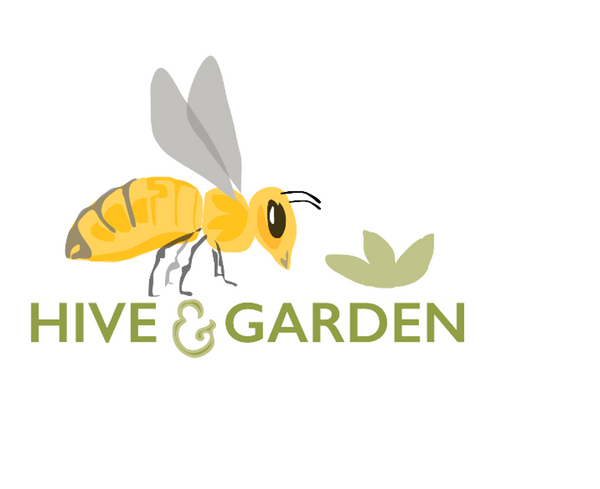
Mason Bees
Share
As a veteran beekeeper, I don't really put a lot of mental effort into mason bees. This is a bit odd, because I raise thousands of them every year. Like honeybees, they have some problems, such as chalkbrood, parasitic wasps, shortage of forage, and so on. But, on average, they are far simpler to manage than honeybees.
When they are active, mason bees are a highly effective pollinator for early bloomers, such as fruit trees, but they are all but done by May in our area. Unlike the honeybee, they don't produce surplus honey, or pollen or propolis, and they don't have a complex social structure. This is probably why I dont give them much attention.
So they are a sort of unsung hero, that has lost out on all the attention given honeybees by the media. It doesn't help that they are hard to take a good picture of. I have tried countless times to take a picture of mason bees, but it is not easy; they are very quick, and they are shiny, so my pictures end up blurry with poor contrast.
However, I got lucky this week. I put some newly emerged male mason bees in the fridge this week, and after they cooled down, I took them out and some of them crawled onto my hand. They were a bit groggy, which slowed them down enough to get a passable picture.They are smaller than the females, and after mating they soon die, so they get even less attention than the females. But the females end up doing all the rest of the work of foraging, making a nest, and raising brood.
